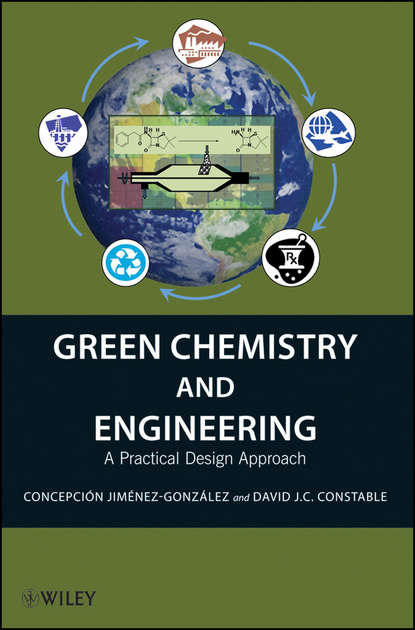
Green Chemistry and Engineering. A Practical Design Approach скачать fb2
Jiménez-González Concepción - Green Chemistry and Engineering. A Practical Design Approach краткое содержание
The past, present, and future of green chemistry and green engineering From college campuses to corporations, the past decade witnessed a rapidly growing interest in understanding sustainable chemistry and engineering. Green Chemistry and Engineering: A Practical Design Approach integrates the two disciplines into a single study tool for students and a practical guide for working chemists and engineers. In Green Chemistry and Engineering, the authors—each highly experienced in implementing green chemistry and engineering programs in industrial settings—provide the bottom-line thinking required to not only bring sustainable chemistry and engineering closer together, but to also move business towards more sustainable practices and products. Detailing an integrated, systems-oriented approach that bridges both chemical syntheses and manufacturing processes, this invaluable reference covers: Green chemistry and green engineering in the movement towards sustainability Designing greener, safer chemical synthesis Designing greener, safer chemical manufacturing processes Looking beyond current processes to a lifecycle thinking perspective Trends in chemical processing that may lead to more sustainable practices The authors also provide real-world examples and exercises to promote further thought and discussion. The EPA defines green chemistry as the design of chemical products and processes that reduce or eliminate the use or generation of hazardous substances. Green engineering is described as the design, commercialization, and use of products and processes that are feasible and economical while minimizing both the generation of pollution at the source and the risk to human health and the environment. While there is no shortage of books on either discipline, Green Chemistry and Engineering is the first to truly integrate the two.
Чтобы оставить свою оценку и/или комментарий, Вам нужно войти под своей учетной записью или зарегистрироваться



